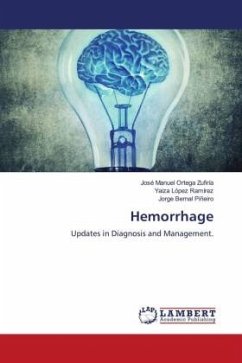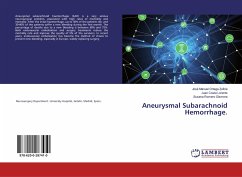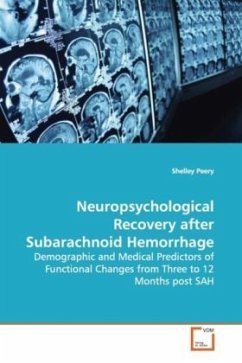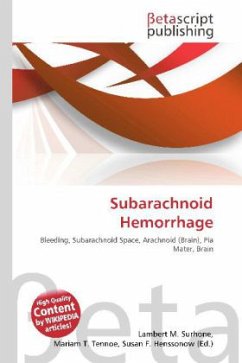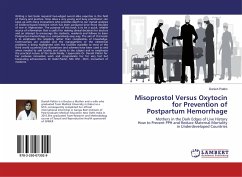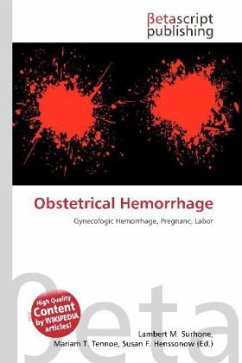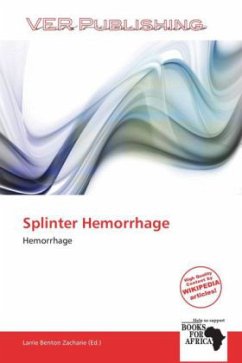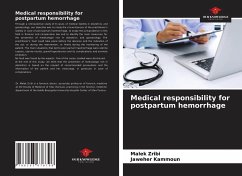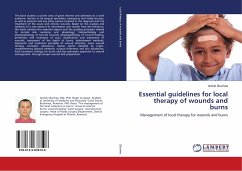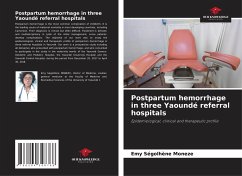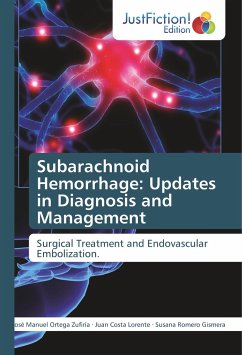
Subarachnoid Hemorrhage
Updates in Diagnosis and Management
Versandkostenfrei!
Versandfertig in 6-10 Tagen
15,99 €
inkl. MwSt.

PAYBACK Punkte
8 °P sammeln!
Aneurysmal subarachnoid haemorrhage (SAH) is a very serious neurosurgical problem, associated with high rates of morbidity and mortality. Both endovascular embolization and surgery treatments reduce the mortality rate and improve the quality of life of the survivors. In recent years, endovascular embolization has become the method of choice to prevent new bleeding, especially in Europe, widely replacing surgery. The aim of this study was to describe a series of patients with spontaneous subarachnoid haemorrhage, secondary to aneurysmal rupture, treated at the University Hospital of Getafe betw...
Aneurysmal subarachnoid haemorrhage (SAH) is a very serious neurosurgical problem, associated with high rates of morbidity and mortality. Both endovascular embolization and surgery treatments reduce the mortality rate and improve the quality of life of the survivors. In recent years, endovascular embolization has become the method of choice to prevent new bleeding, especially in Europe, widely replacing surgery. The aim of this study was to describe a series of patients with spontaneous subarachnoid haemorrhage, secondary to aneurysmal rupture, treated at the University Hospital of Getafe between 2010 and 2019, to study the different diagnostic and treatment options, and to define the most important prognostic factors. In addition, compare the results of both treatments (surgical and endovascular). We studied 110 patients, 58 men and 52 women, with an average age of 40.8 years. In this study, the neurological clinical situation at admission, the volume and distribution of blood in the CT and the age of the patient, seem to be the most influential variables in the final result.



